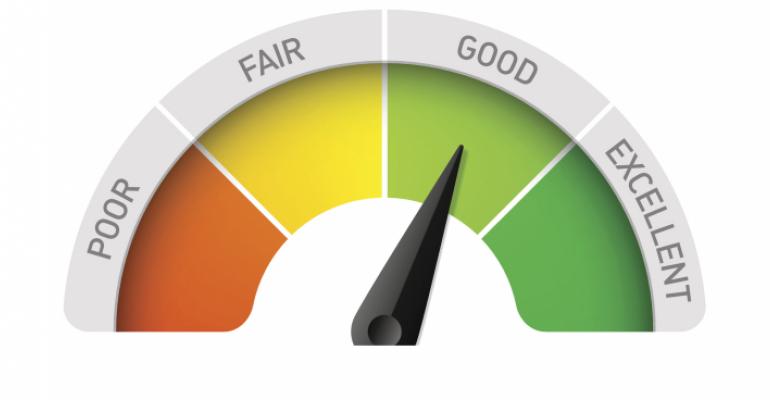Many of our clients are in the STEM field (science, technology, engineering, and math). Research abstracts are a primary part of their conference business model. Many academic and medical conferences also rely on these: a combo of oral presentations and posters.
When conference task forces are challenged with improvement efforts, they often point to oral abstracts as a priority. The solution typically comes down to improving quality and reducing quantity. The reality then sinks in that their business model is reliant on accepting as many as possible because presenters often pay full registration fees. We've seen numerous cases where 50 percent to 80 percent of the paying attendees are abstract presenters. For years we've been contemplating whether or not a meeting of “speakers speaking to speakers” is sustainable. We don't have a final verdict yet.
What we do know is that the quality bar must be raised for oral abstracts. If you’ve ever sat through these, you know they can suck the life out of you.
The two main things we think conference organizers can do to move the quality needle are:
1. Improve the selection process. Consider taking a page from Alzheimer's Australia. They shortlist abstracts off of written submissions and then ask the presenter to submit a one-minute video for final selection.
2. Invest in presenter training. Oral abstracts should focus on the audience and why your research should be important to them. Storytelling should be infused. Learners should be engaged. Visuals and passion do matter.
What improvements are you making to oral abstract presentations?
Reprinted with permission from Velvet Chainsaw’s Sticky Conference newsletter.






